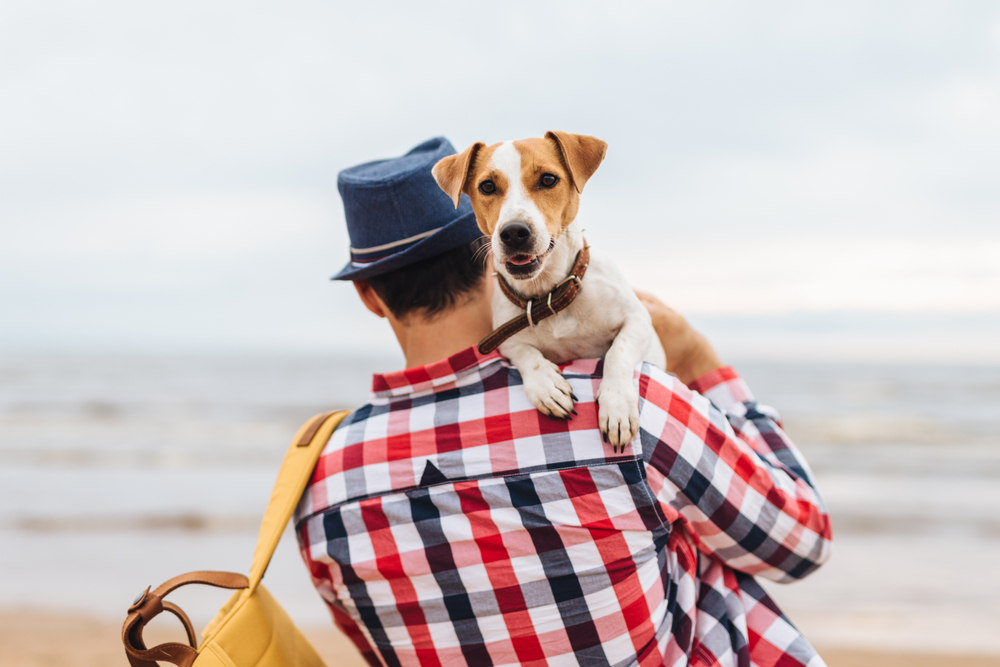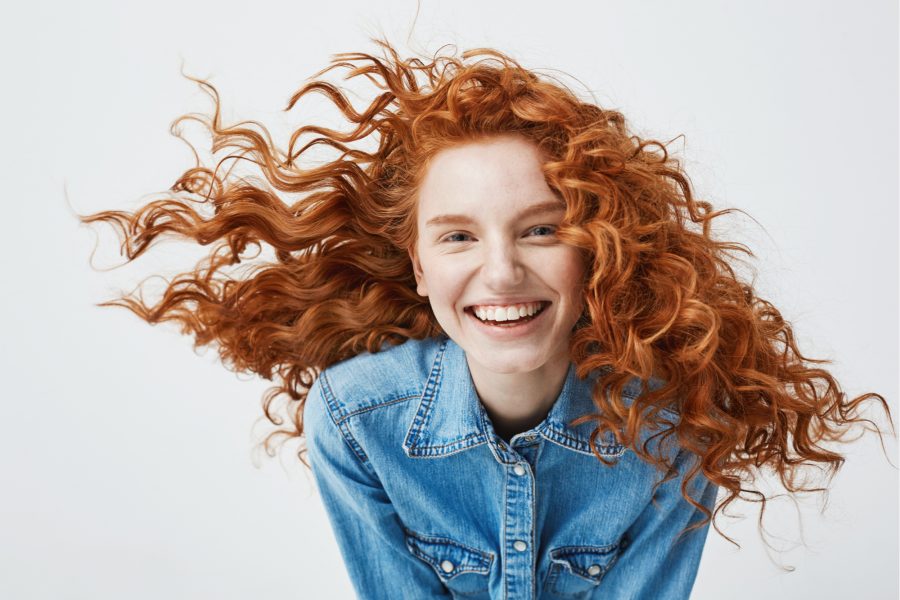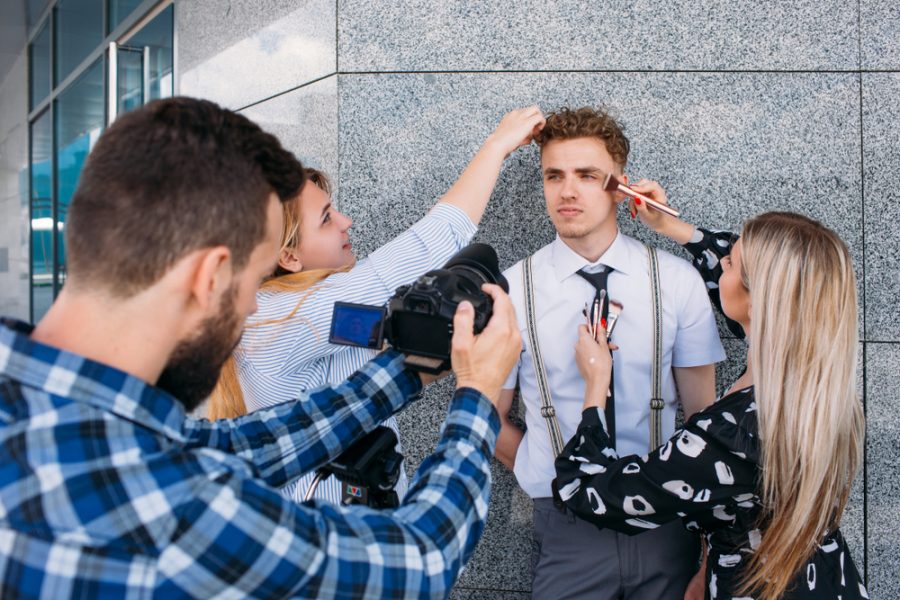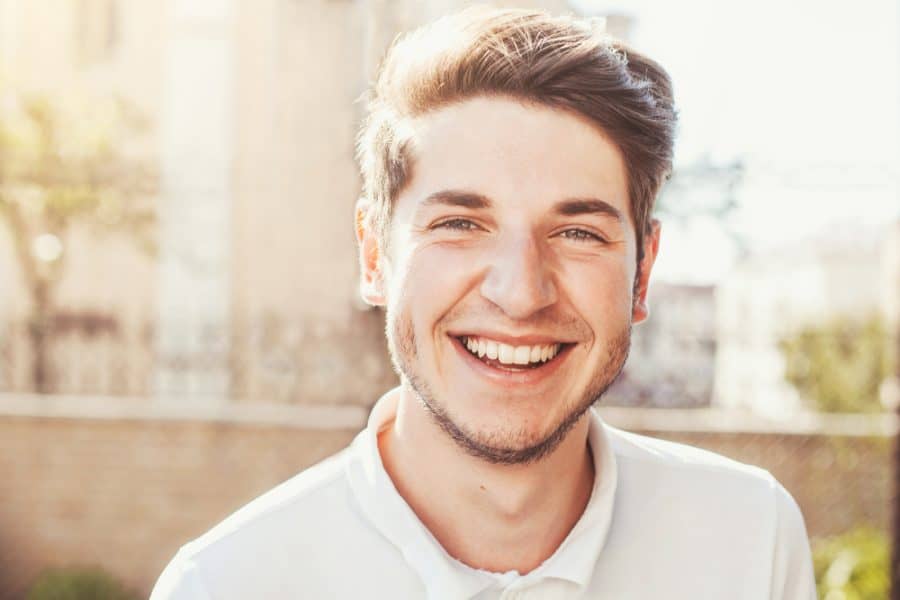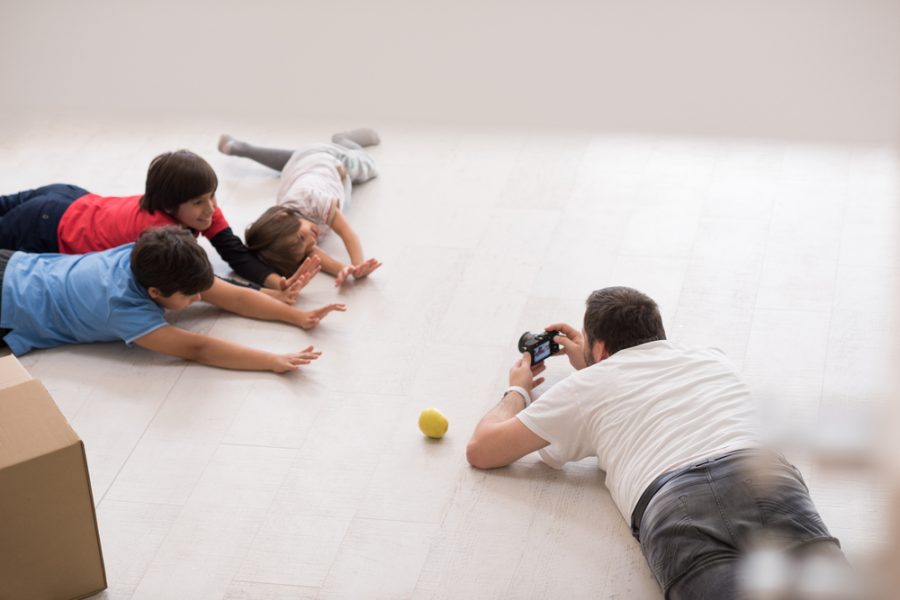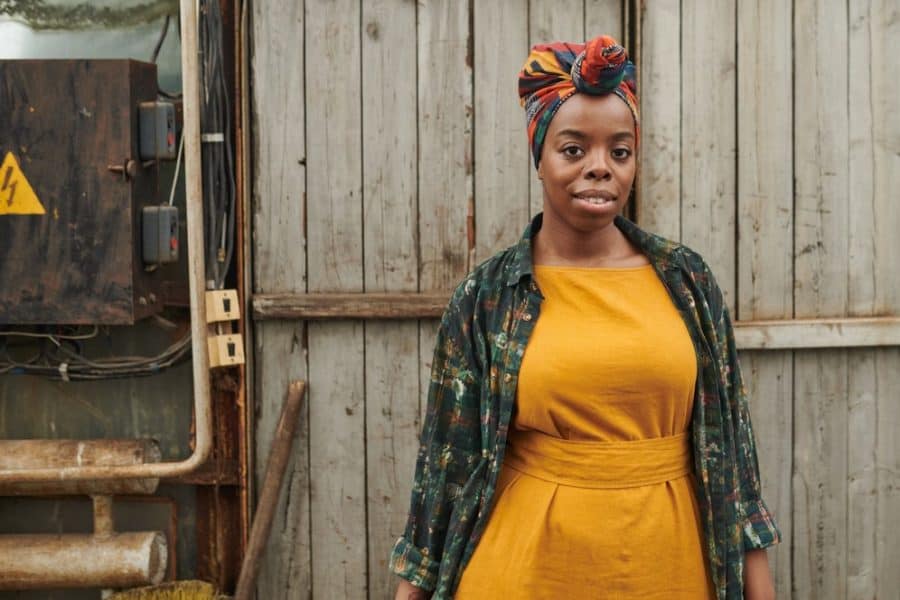There are thousands of pets in the UK whose qualities appeal to different people. Maybe all your friends love your rabbit’s floppy ears, or perhaps your pooch’s inquisitive eyes have passers-by stopping in their tracks. We love all our pets for different reasons, and sometimes it can be difficult to capture the perfect pet photo. If you’re submitting animal photos to us, how do you choose the best ones?
First things first, though. It’s not mandatory to use a professional photographer. By all means go for it if you (and your pet) so desires, but a standard camera or most models of smart phone will do the job.
Right, let’s get to it! Here’s our lowdown on how to capture your pet in the best possible light, and which images you should be looking for to put them in the spotlight – and the ones which should be discarded!
1. Think about backgrounds and lighting before committing to your first pet photo. For classic portraits, a darker background often enhances an animal’s features, so begin with a greyish backdrop and go from there. If you’re not happy with the first few snaps, try a more neutral background. Continuous natural light usually makes animals more relaxed, as opposed to constantly changing it throughout shoots and filming.
2. If you’ve taken snaps of your pet above their eye line, discard them. Instead, concentrate on taking photos directly at your pet’s eye line. If that means kneeling down to get level with their eyes, then so be it!
3. A lot of modelling assignments favour cute shots of dogs, cats and other adorable pets. Focus on their eyes to create depth to the photo. This will also develop your pet’s expression, smile and mood.
4. Some clients may ask for footage or photos with people – including their owners. Therefore, capture great photos by keeping your pets restrained and calm.
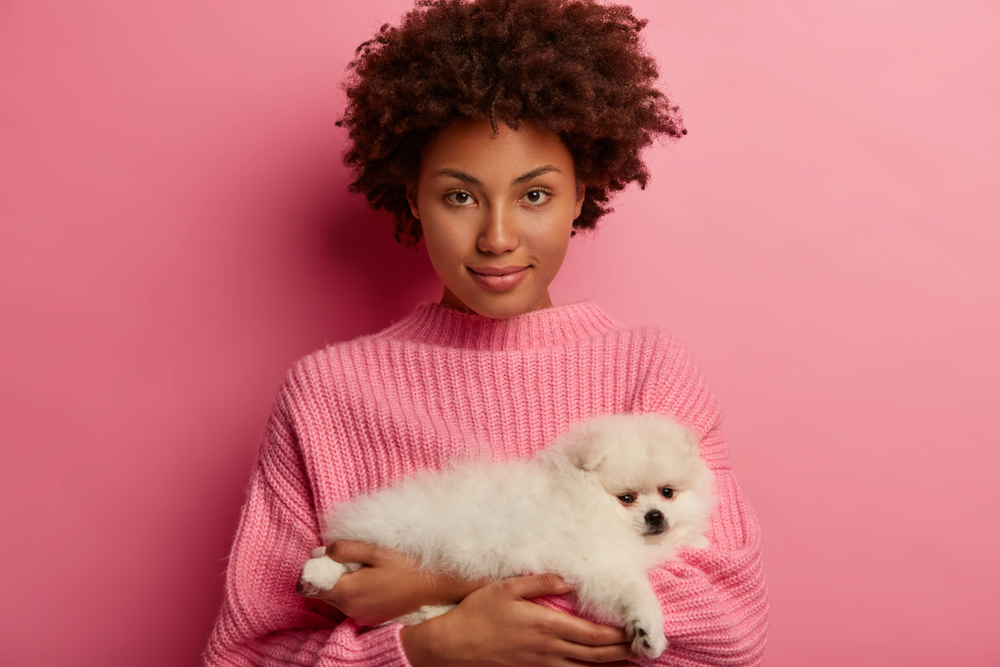
5. Avoid strobe lighting if possible, as some animals react poorly to flashing and strong bursts of light.
6. If your pet has fur, it may need to be groomed during the photo shoot. Keep a good brush at hand at all times.
7. Keep distractions down to a minimum. A side-tracked animal can often be frustrating, especially when you want to take multiple shots!
8. An animal’s eyes are probably their most important feature. A neat trick is to wipe a dog’s eyes before turning to the camera. For cats, use a tissue to wipe their nose. Both will make for healthy images, especially with high definition footage.
9. If using an smart phone, experiment with your phone’s camera settings. Whether you choose the photo mode or portrait mode, see which is most effective. Have a look at the grid function, which allows you to change the composition.
You may want to opt for the “cute factor” or the “wow factor” – or a simple, no nonsense photo – but make sure your pet is depicted accurately so that both clients and us have the most reliable representation.
The best photos permit your pet’s personality to shine – as well as their fur! Pet modelling is just as competitive as human modelling, so spend time perfecting those all important images. Our clients will appreciate the effort you put in to snapping your pets; it could make all the difference between them choosing a) your soon-to-be starpet or b) going for another pet which shows off their temperament in a better photo.
The choice is yours, pet owners!

